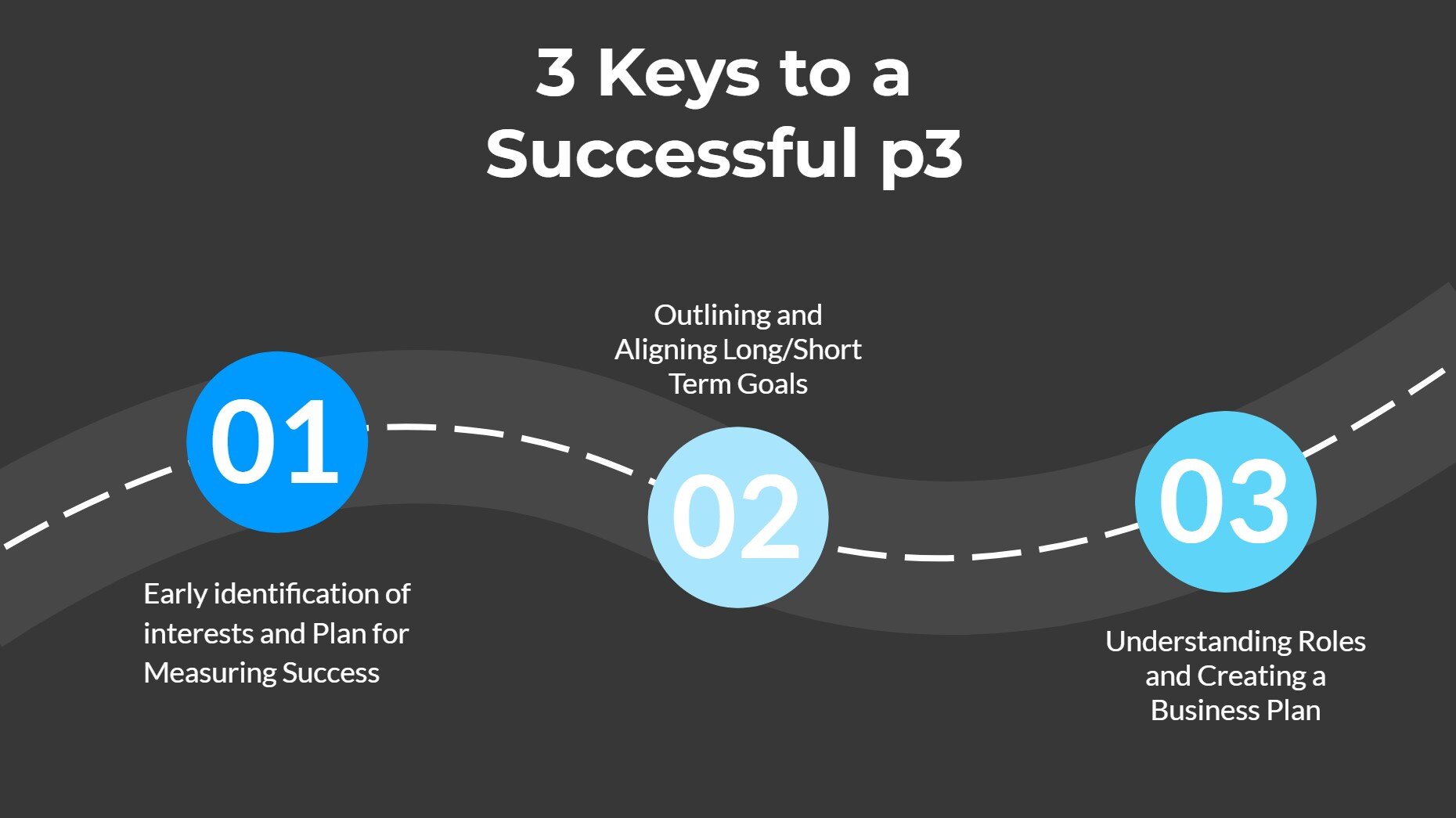How to Build a Business Plan for a Public-Private Partnership
There are few things more critical to a successful Public-Private Partnership than building a legitimate business plan prior to beginning. What should that plan entail? We have a few thoughts on that. Below you will find a list of six critical sections to include in your public-private partnership plan and how to develop them.
Define Each Partner AND their role
List out everyone who will be a part of the public-private partnership and what their role will be within the partnership. Remember, there are often times more partners than initially come to light, does the private partner have a funding source? Are there more government entities involved than at first glance? Give this more thought than you initially think will be needed. Don’t just list the city as a partner, if the Development Corporation is involved, as well as the water department, make sure they are each listed separately as well as what each of their roles.
Define Each Partners Interest in the PPP
Now that you know what role each partner will play in the public-private partnership, it is time to understand what each partner wants and needs out of the partnership. It is important to remember a public-private partnership is a joint venture, even if it is not a formal, legal joint relationship. In any joint venture, each partner comes in with their own interests and needs. Build a matrix of what each partner needs to accomplish for their organization to consider the partnership to be a success. With this complete, make sure everyone is on the same page.
Define the Resources Necessary for Success
Every joint venture starts with understanding what each partner is bringing to the table, do the same with your public-private partnership. Understand what resources are needed for each partner to define the relationship as a success. Further, make sure that the necessary resources are in place to succeed. Whether it be—financing, staffing, machinery, or materials defining what is needed, where it will come from, and who will provide it—make sure that no one shows up to work thinking another group is bringing what’s necessary to succeed. Sometimes this will go beyond just one group, so show who is taking the lead and who will support the resources.
Define the Risks
In any operation there is risk, make sure you define those risks and how you will approach or prevent them. By being ahead of the curve, your public-private partnership will know how to address issues as they arise. Take this opportunity to do a full assessment of the organizations involved and their strengths and weaknesses. If no one on the team is strong in communications, one solution may be the need for a crisis management public relations firm. If an issue arises, understanding this ahead of time means you will not waste time when an issue arises to sort out how to address it.
Define the Financials
One of the biggest issues we see in public-private partnerships is each side coming in with their own financial forecasts and not creating one together. There are many issues that arise when this happens, including who is responsible for certain costs, when funding or staffing will come into the project, how long staffing will be assigned to the work, or how success will be defined for each side. If one side believes the public-private partnership will yield $100 million in profits and the other believes it will yield $25 million, if it actually yields $50 million one side will be ecstatic and one side will be angry. Coming together to understand this is critical.
Define the Milestones and Outcomes
Like any journey, one must define how they will the destination in order to understand if they are progressing in the right direction. Two groups may come together with an agreed upon destination in a public-private partnership, but if they do not agree on how to progress toward that destination, their journey may get derailed. Similarly, each group will need to be flexible along the way as your milestones will change based upon internal and external forces. This is one of the many reasons a business plan should be re-evaluated regularly (we recommend annually, but every group must decide upon their own timelines).
Need help in building the business plan for your Public-Private Partnership? NMBL Strategies has significant experience working with Public-Private Partnerships and business planning. Reach out today to find out how we can assist your organization.










